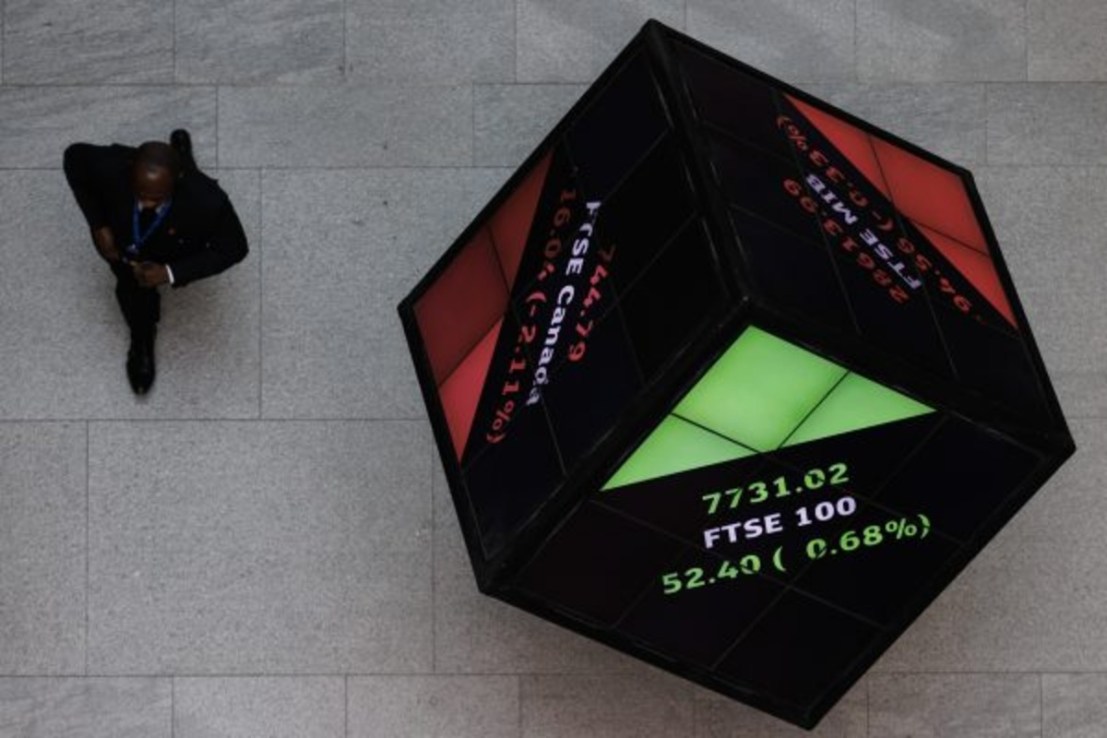Investor demand helps Helium Exploration raise twice as much as expected in float
The group's listing was oversubscribed by a large ammount.


Helium resources developer Helium Exploration has floated today on the AIM market of the London Stock Exchange.
The group’s listing was oversubscribed more than threefold, raising £7.5m compared to the targeted £3.5m to £5m. The shares listed at a price per share of 10p.
The firm said it has identified a series of proven helium deposits across three sites in the Ingomar Dome region of the US state of Montana, with total volumes between 856m and 2.3bn cubic feet.
Net proceeds from the fundraising will be used to fund a scoping study and appraisal drilling at the Ingomar project in Montana.
Ingomar sits within the so-called ‘Montana Helium Fairway’, a long strip of land which extends from Wyoming in the US to Saskatchewan in Canada and is renowned for large deposits of the element.
The group said that it will be pursuing an “aggressive development timeline,” which will see appraisal drilling targeted for Q3 2024 and first helium production targeted for Q4 2025.
Helium Exploration’s chairman, David Minchin, who served as chief executive of competitor and London-listed Helium One for two and a half years until 2023, told City A.M last month that the time for large-scale helium production, with prices of the element at such elevated levels, is now.
“We have chosen to list in London because we believe it is the pre-eminent market for growth resource companies with a deep pool of investors, talent and very high standards of governance,” he said.
The US is one of the world’s largest suppliers of helium, which is produced by the slow radioactive decay of elements within the ancient continental crust and released when powerful plate tectonic forces break up this ancient crust
It is a key component of medical devices such as MRI machines and high-technology manufacturing, including space and defence equipment.
According to Helium One, global demand is estimated to be around 6 billion cubic feet (Bcf) per year, with China alone importing 1 Bcf a year, but annual demand is expected to increase from 6.0Bcf to 8.5Bcf by 2030.



